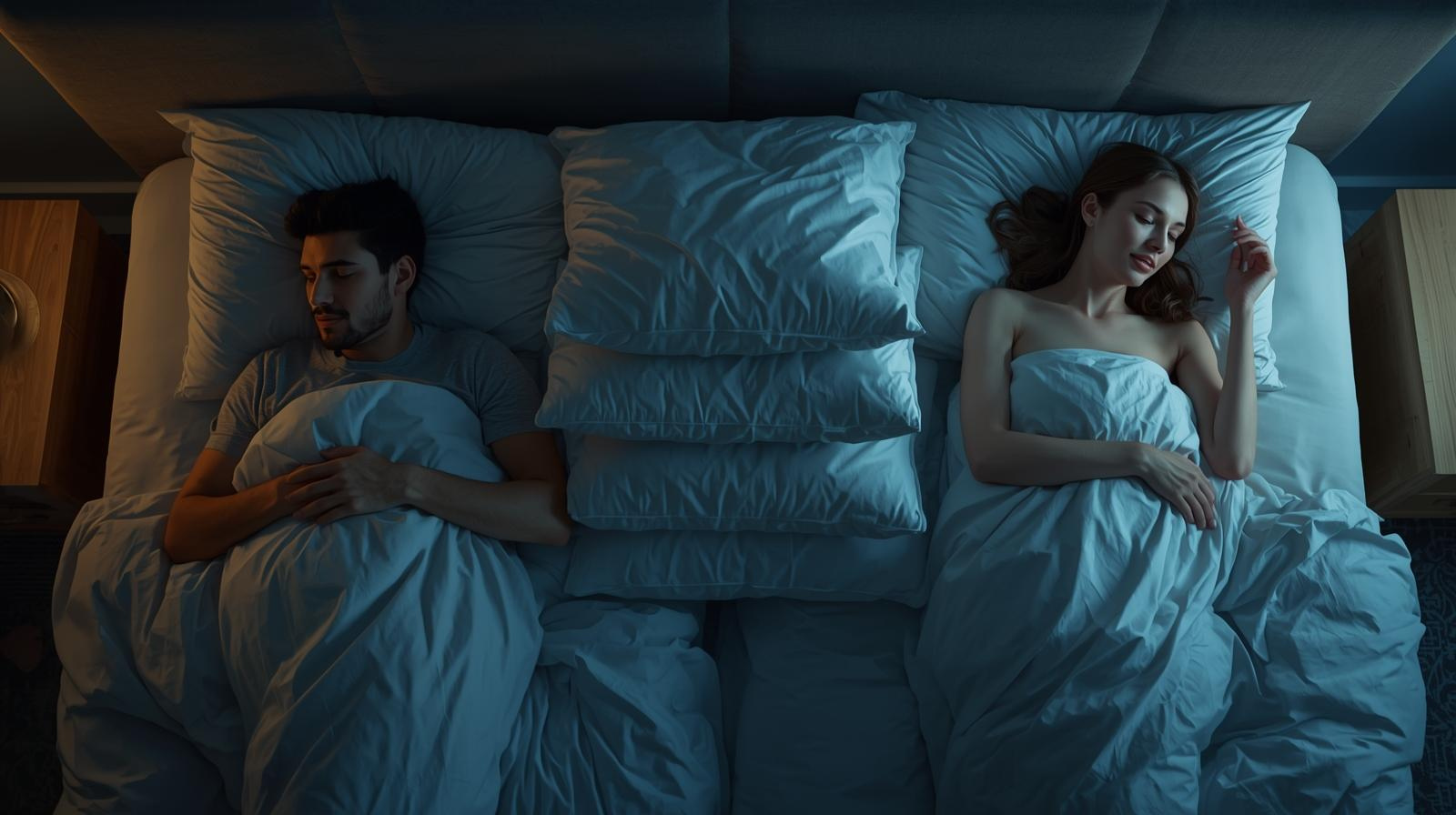Free Shipping - On Orders Over $99 (USA, Canada, UK, & AU)

What animal sounds like a human snoring at night?
May 15, 2023 2 min read
Have you noticed strange snoring sounds at night? Certain that this time around this racket isn’t coming from your other half? Well, what you’re hearing could mean you have a barn owl nest nearby.

Barn owls in North America breed from March through June, when there’s an abundance of rodents to feed on. These nocturnal birds typically nest in tree hollows but also in buildings. Unlike most owls, barn owls don’t hoot. Instead, they screech and rasp. Their chicks, however, make some interesting sounds, which many can confuse for human snoring.
The “Snoring” of Barn Owl Chicks
All nestlings produce begging calls to signal that they’re hungry. But while most begging calls are high-pitched chirps and peeps, the begging call of barn owl chicks is a rasping sound that can be compared to human snoring [1].

The sound in question, however, is not the typical gasping and snorting noise we associate with snoring. The sound is more akin to the loud hissing that some snorers produce. When barn owl chicks are small, this sound can be very faint. But it tends to get more audible as the chicks grow.
Adult barn owls can be quite vocal during the breeding season as well. Their most frequently produced sound is a drawn-out screech. They also chirp when feeding and courting. So, if you hear this noise at night alongside the “snoring” sounds, you likely have a family of barn owls nearby.
Other Animals That Sound Like a Human Snoring at Night
With the weather now getting warmer, animals become more active and, of course, more vocal. And some of the sounds they produce can sound somewhat like a snore.
Male deer, for example, let out a loud breeding grunt that can sound like a snore from afar. A mountain lion’s growling can also be mistaken for a snore when heard from a distance. The weak call of the Pickerel frog found across the Americas is also frequently compared to human snoring.
But as far as actual snoring in wild animals is concerned, research in animals shows that it is probably rare in wild mammals and non-existent in reptiles, amphibians, and birds [2]. The biggest snorers in the animal kingdom are humans followed by our pet companions. Snub-nosed pets like pugs and Persian cats are prone to snoring due to their short airways. Obese animals are also more likely to snore.
References:
- Mohammed M. The Online Guide to the Animals of Trinidad and Tobago. Tyto alba (Barn Owl). Posted 2012. https://sta.uwi.edu/fst/lifesciences/sites/default/files/lifesciences/documents/ogatt/Tyto_alba%20-%20Barn%20Owl.pdf
- Chopra S, Polotsky VY, Jun JC. Sleep Apnea Research in Animals. Past, Present, and Future. Am J Respir Cell Mol Biol. 2016;54(3):299-305. doi:10.1165/rcmb.2015-0218TR
Also in Blog

Healthy Sleep Goals For 2026
December 22, 2025 6 min read

💨 Are Your Nighttime Breathing Issues Robbing You of Your Health and Your Energy?
December 12, 2025 3 min read
Breathing issues during sleep, collectively known as sleep-disordered breathing, are a major public health concern.

Is Your Snoring a Sign of Something More Serious? Unpacking the Science of Sleep
December 05, 2025 3 min read
When you snore, what's actually happening?
Join our Insiders Club
Every week you will receive specials, discounts, and giveaways.
Categories
- Better Sleep
- depression
- Fitness
- funny animal
- Global Citizenship
- health
- Mental Health
- mouthpiece
- nutrition
- pillow
- Productivity
- relationships
- sleep
- sleep apnea
- sleep deprivation
- Sleep Tech
- snoring
- snoring humor
- snoring jokes
- snoring sounds
- stop snoring
- StopSnoringStartLiving
- technology
- Tongue displacement
- travel
- video
- Young Adult

